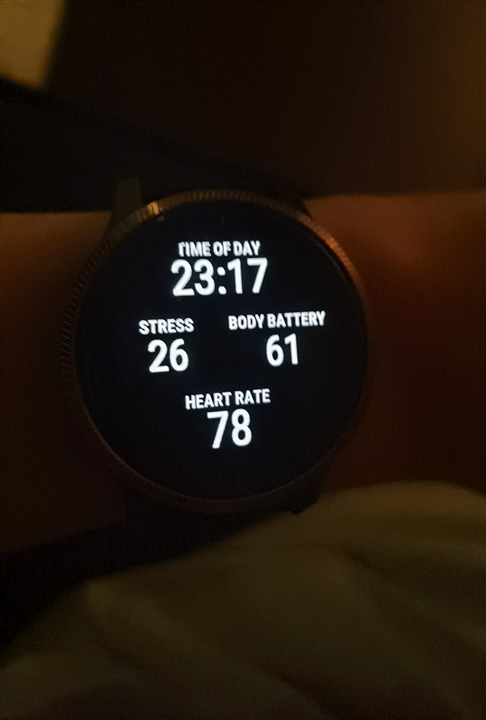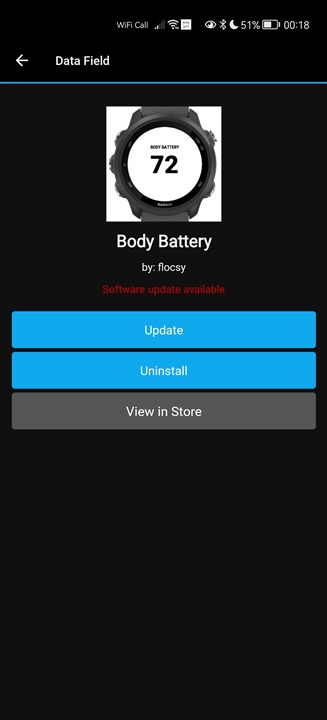I was thinking about installing the latest beta, but the issues scared me off.
I need ONE thing only. Could someone check if the yoga bug has been fixed yet?
Basically, if you run a yoga activity, the main stress graph (not the one inside that activity) gets marked as active. And it's not supposed to be with Yoga. This is correct on all other watches I know of released after October 2019, just not Instinct 2 series. This is very important to me and a lot of others, and I've been waiting for it to be fixed since I got the watch (November 30).
https://forums.garmin.com/outdoor-recreation/outdoor-recreation/f/instinct-2-series/324909/yoga-bug



 ight now
ight now 